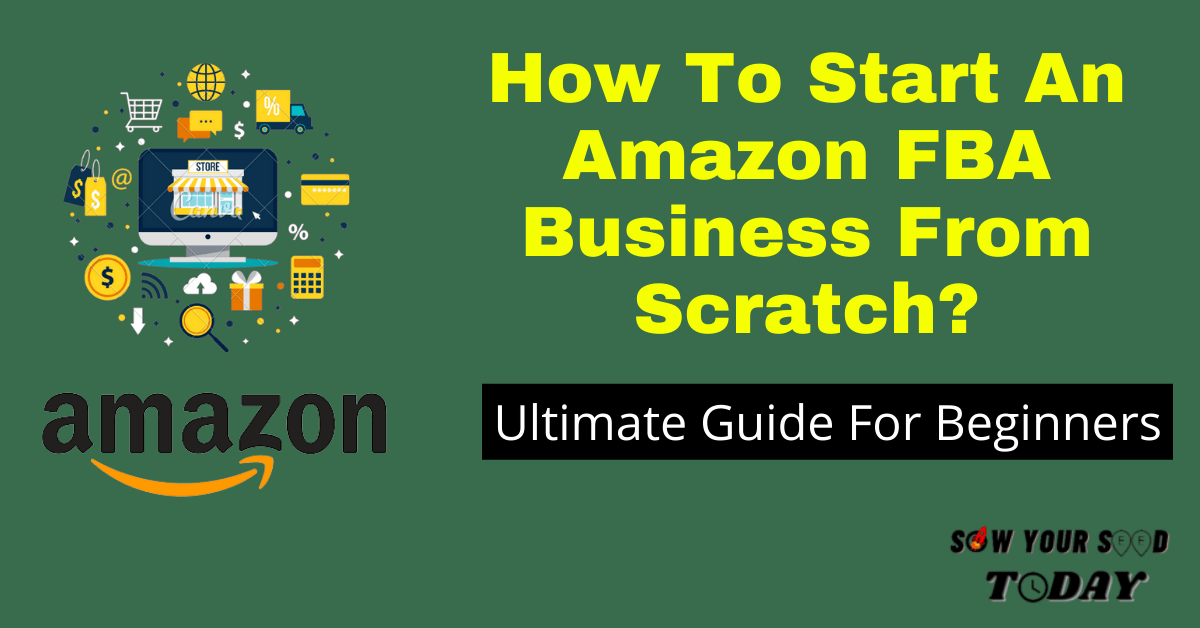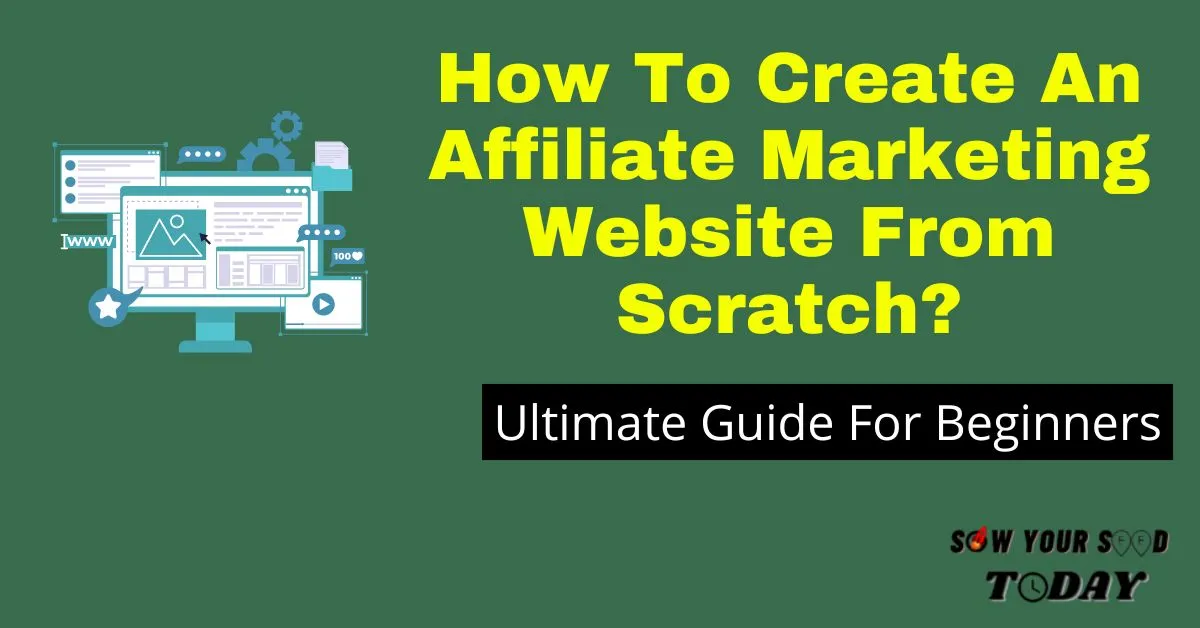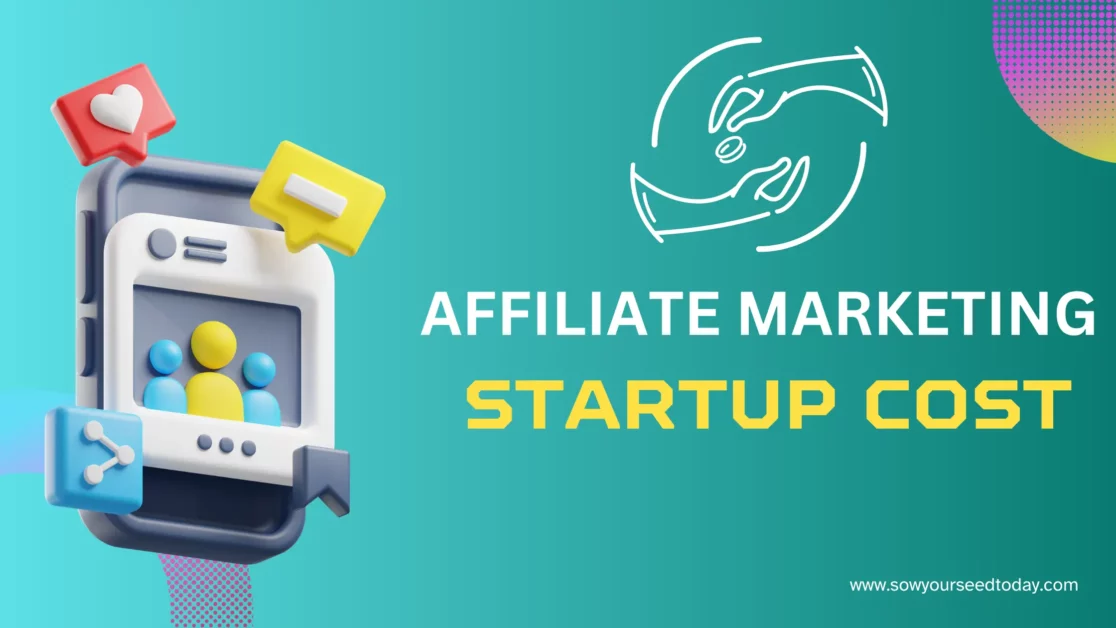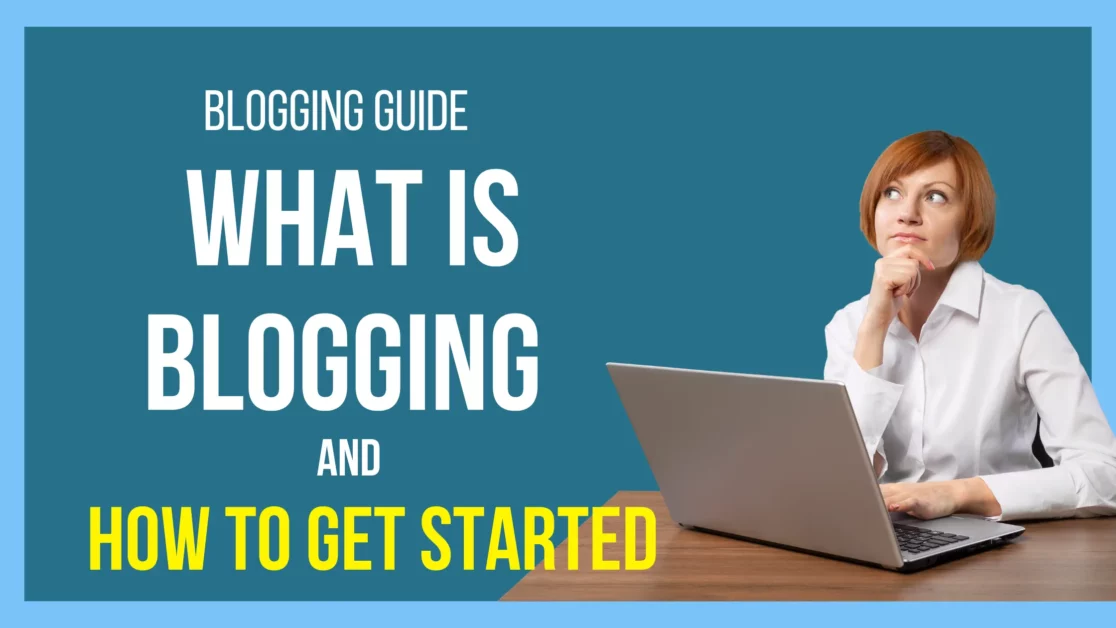So you want to enter into the e-commerce industry by selling private label products or wholesaling products on Amazon. But you don’t know how to get started?
Welcome to my Amazon FBA guide for beginners where I will show you how to start your Amazon FBA business from scratch in 2024 and make a consistent income from your business.
Since this is an in-depth guide on how to start an Amazon FBA business, feel free to jump to the section that interest you by using the table of content below.
- What is Amazon FBA?
- How does the Amazon FBA business work?
- How to start your Amazon FBA business and make it successful in 2024?
- What is the next?
What is Amazon FBA?
FBA stands for Fulfillment by Amazon. As an Amazon seller, you list your products or items on the Amazon marketplace, and when a client buys your products Amazon fulfills and ships the items or the products to the client on your behalf.
In other words, Amazon FBA is about selling your own goods or products on the Amazon marketplace while passing the fulfillment, packaging, shipping, and even customer support to Amazon.
What you have to do is just get your products listed on the marketplace, and then market your business to your targeted audience or potential customers like any e-commerce owner.
But you don’t have to store the product yourself.
How does the Amazon FBA business work?
As you have noticed in the previous section of my Amazon FBA guide, as an Amazon seller, your job is to choose what product you want to sell, find a supplier where you can outsource your products, order the products and get them shipped to you or directly to the Amazon seller centers.
In case you want the products to be shipped to you first, your extra task is to package products and get them shipped to the Amazon fulfillment center.
Once you have done this work, your next job is to create your Amazon seller account, list your products on the marketplace and then manage and market your products.
When a customer buys a product Amazon will handle the packaging, shipping, and customer service.
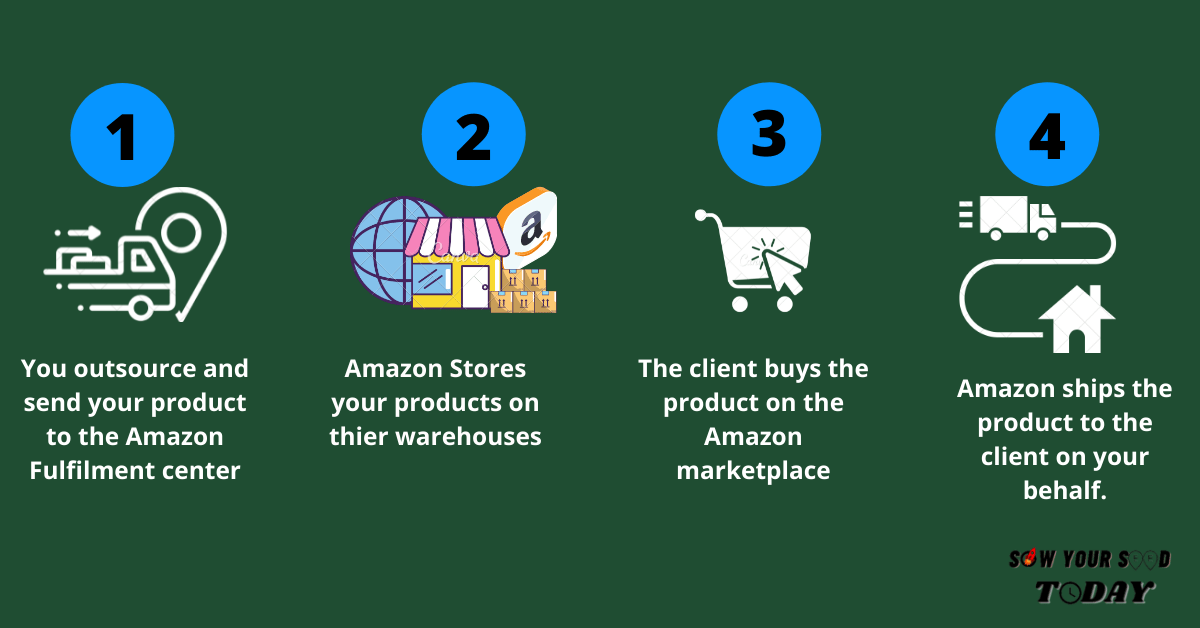
How to start your Amazon FBA business and make it successful in 2024?
Step #1: Pick a niche and your first Product idea

Your first step of starting your Amazon FBA business is to pick a profitable and evergreen niche and also to find a hot selling product you can sell and make a good profit margin.
But it is the hardest one and the most challenging as it can make or break your business leaving you with frustrations and headaches.
Fortunately, there are Amazon Research tools out there like Helium 10 or Jungle Scout that can help you research and do competition analysis for each niche or product idea you have.
There are reasons I say it can break your business because if the product you plan to sell is less demanding, or too competitive where you have to compete with established brands and you don’t have enough money to invest in paid advertisements, you can end up setting up an FBA business that will turn to loss – mainly if the product is too expensive and you have to order in bulk.
This is why you should take your time to do thorough market research and find a product that has market potential and a good profit margin to sell.
Now you may be wondering what is a niche?
Simply, a niche is a market segment that belongs to a large market.
Unlike the large market, a niche market target a small group of people who have common interests, and needs, and your product features aims to satisfy the market needs, as well as the price range, production quality, and the demographics that it is intended to target.
To learn more about choosing a niche you can read this blog post.
Once you know your niche or the industry in with you want to start your Amazon FBA business, your next step is to find a product within that niche or industry that sells well as well as has a good profit margin.
Coming up with a product idea may be daunting. But there are research tools out there that will save you more time and even costly mistakes you can use.
For product selection, you can check out Amazon best selling items in your industry or niche.
That will help you know what is selling or what is not.
The best part you can use the filter features to filter your search and then find products that fit your business needs like price range.
When choosing a product to sell I recommend you go with a knowledgeable product you like.
In fact, if your product aligns with your interest and skills you will it easier to market it.
Otherwise, you will have a hard time promoting it.
To help you with product selection choose:
- A product with a high search volume on Amazon – consider also your target counties when doing it.
- A product with a high average monthly sales
- Evergreen products that sell the entire year period – avoid seasonal products.
- A product you can easily outsource from reliable suppliers
- A product that is not too heavy and large to avoid costly shipping and fulfillment fees,
- Product with a good profit margin and that is not too expensive nor too inexpensive. Too expensive leads to fewer monthly orders.
With a low price product, you need more inventory and sales volume to make consistent income. And when it comes to paid advertising your ROI may be low.
The price range of $20 – $50 will be okay for the start. Later you can scale by adding more products.
Again you will need an Amazon product research tool for that.
You can check out our top best list to choose the one that fits your need or budget.
If you want an all-in-one tool for market research, analysis, and your entire business management and promotion, I highly recommend you consider Helium 10. Jungle Scout is also a great alternative.
Step # 2: Set up an FBA account
Once you know your industry and the type of products you want to sell on Amazon, your next step is to create your Amazon FBA account.
This is where you will be listing your items by using a Global Trade Item Number (GTIN) – such as a UPC, an ISBN, or an EAN, and managing your FBA business such as setting prices, and inventory, etc.
There are 2 types of FBA accounts to choose from and the type of account you choose may impact your business profit margin in the long run.
Individual account: this account type is free. But you get charged a $0.99 fee for each item or product you sell.
The more items you sell, the more money you will be leaving on the table to Amazon.
But this is a good fit for sellers who are just starting out and don’t already know what to sell or are not yet ready to launch.
A side note: This free membership comes with limitations. So if you are serious about your FBA business, consider the membership plan below.
The business or professional account: this type of account as its name suggests is for business purposes and you pay a $39.99 monthly subscription fee.
With this plan no matter your monthly sale volume, it is the fixed amount of $39.99 per month Amazon will charge.
This account is a good fit for sellers who:
- can sell more than 40 items per month,
- want to advertise or use advanced selling tools like APIs and reports.
Note that no matter your account type Amazon still charges other fees such as:
- Referral fees and the amount charged depend on your product category ranging from 8% and 15% per item sold.
- Fulfillment fees (not applicable if you choose fulfillment by Seller or Merchant option). But you have to store and handle the logistics yourself.
- Long-term storage fees, etc.
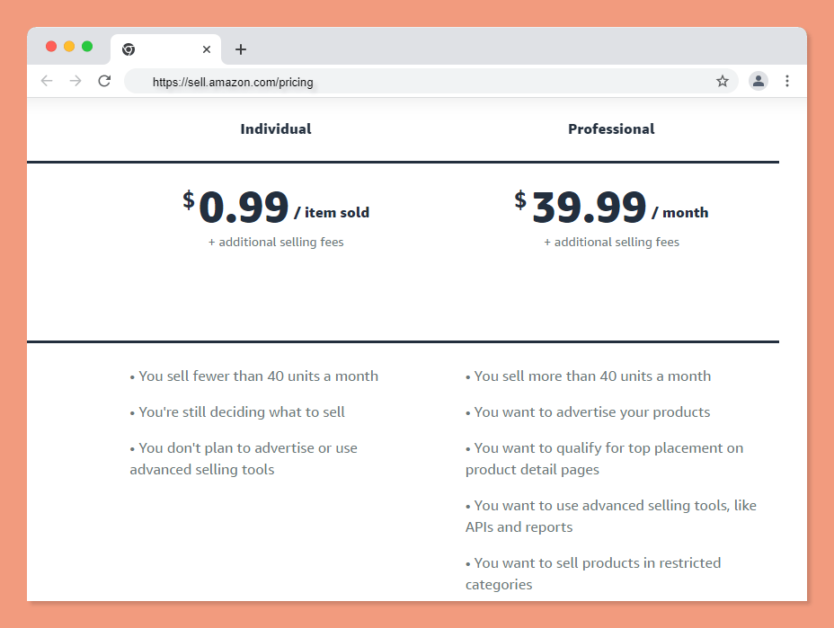
To create your account check out this link.
Step #3: Find a supplier and outsource your products
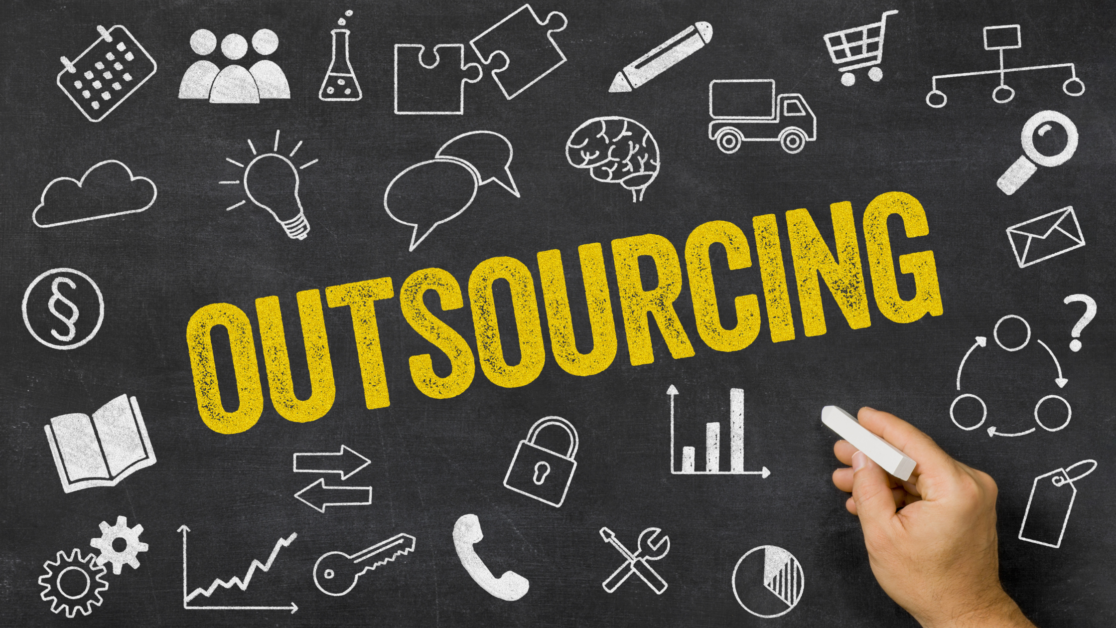
Once you know what product to sell, the next step in your Amazon FBA business launch process is to find a reliable and trustworthy supplier that can supply you with the product.
Most Amazon FBA sellers outsource their products from China at a low cost and then resell them on Amazon for a good profit.
The good news is you don’t need to even travel to China to meet the supplier or the manufacturer. And that is thanks to the internet and marketplace like Alibaba.
Alibaba is a great place to find reliable suppliers or manufacturers and make a business partnership.
So you can just create an account on Alibaba.com, and then find a company that will supply you the products without even visiting China.
When looking for suppliers on Alibaba here are a few tips:
- Review the supplier profile,
- Use the Trade Assurance to safely outsource your products on Alibaba,
- Priligy suppliers who accept AliPay & credit cards as payment methods,
- Check supplier status and privilege, Assessed Supplier and gold suppliers get a sample before committing to placing an order,
- Professionally negotiate with the supplier to get a great deal and don’t accept the first quote they give you,
- Don’t pay the entire cost of the order upfront. Pay half when the order is placed and a half after it’s completed.
Step 4: Order samples and get them shipped To You
Once you have chosen the supplier or manufacturer who will supply your first product, the next step is to order a sample.
While this step is not mandatory, it helps you to thoroughly investigate the product in order to find out if it is quality, before you commit to making a bulk purchase.
Imagine spending thousands of dollars ordering a bulk product that lies in quality.
You failed before you even start.
So spend a few bucks to order at least 2 samples from the supplier. That will help you to know if the manufacturer is consistent in the product manufacturing before investing too much money in purchasing the product.
Once you get the product, if its quality meets your expectations, and you are ready to place your final order make sure you:
- ask them to add our brand logo (for private label sellers),
- ask for the packaging dimension of your product so that you can pass that information to your graphic designer or simply ask them to make the packaging for you.
Note you have the option to ship your products directly to the Amazon warehouse or fulfillment centers or to get them shipped to you before you ship them again to Amazon.
In case you want to handle the logistics yourself, you can keep your products with you, and when a customer buys a product you make the packaging and then ship the product directly to him. This is an option Amazon gives to sellers – known as Fulfilled By Merchant (FBM).
Let’s now move to the next section on how to start an Amazon FBA business to find out how to properly list your product on the Amazon center, rank them higher and make sales.
Step #5: List your products on the Amazon FBA center
Before you are able to list your new branded product on the Amazon center, there are a few elements to have in your hands.
First, you need targeted keywords related to your niche or the products people use on Amazon.
These keywords or search terms are what will help you rank your product higher on the Amazon marketplace and gain clients.
In order to find such keywords and analyze competitions, an Amazon keyword research tool is important.
You can check out our top best Amazon keyword research tool to choose one that fits your need.
For example tools like Helium 10, Jungle Scout, and even AMZScout allow you to use your competitors’ ASINs to find out the keywords they use on their listing.
This is an easy way to find keyword ideas, but also to better optimize your product listing with relevant terms for SEO.
You will also need a UPC barcode for your product.
This is a requirement for listing your product on Amazon. It is a universal product code you can purchase directly from GS1.
Once you have relevant keywords for your product listing optimization and your UPC ready, you are ready to go.
You can list your products on the Amazon center.
To help you with your product listing optimization, follow these steps below:
- First off, when adding your products, choose the most appropriate category your product belong to and select as specific a subcategory as possible. People browse products by category.
- Add your product brand name and title with the relevant keywords
- Describe your product specifications, and characteristics, and don’t forget to also use your main keywords and additional keywords or details that did not appear in the listing title within this section.
- Make use of bullet points to give more information about the main features and uses of your product and don’t forget to add related keywords that sustain your listing title.
- People buy solutions – not features. So make sure your copy showcases the features but also the benefits alongside. Show your customers how your product will benefit them or help them solve their problems.
- Use quality images and videos for your listing
- Customers might judge your product by its image. So make sure you use photos of quality in order to grab their attention.
Step #6: Start marketing your business
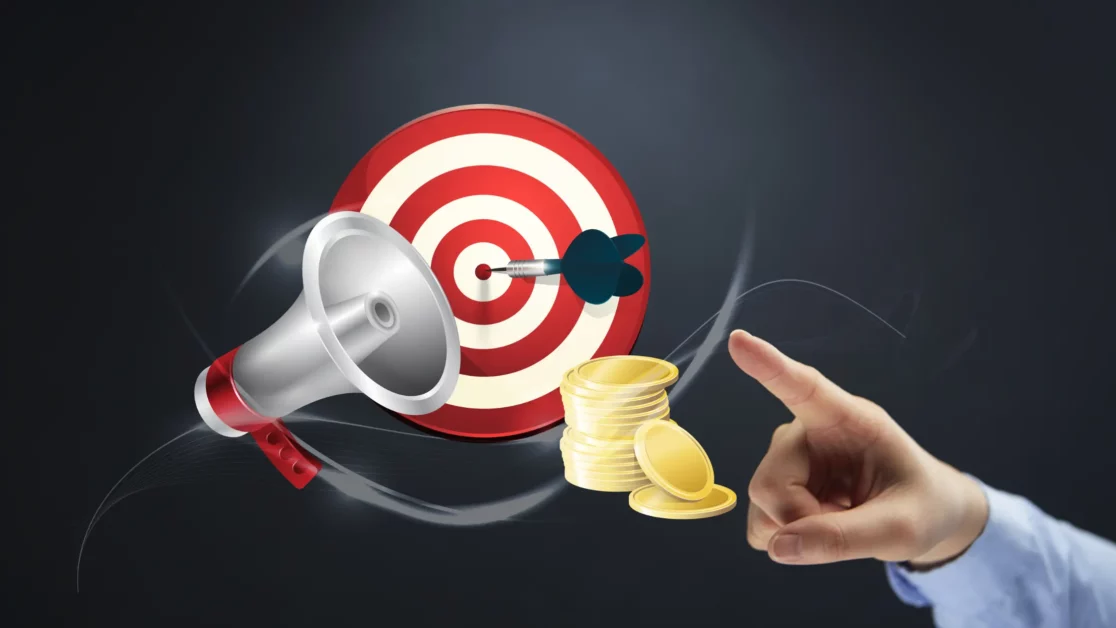
Now you have your first product listed on the Amazon fulfillment center. You have optimized your product listing with relevant keywords your target clients are using on the Amazon search bar to find the products they want to buy.
But as a new seller with a new product listing, the odds of getting your items to rank higher on the search results is low – mainly if your product is competing with well-established brand products.
Would you sit back and wait for the magic to happen?
Nope!
You have to promote your products. This is the only way to make your first sale, your second, and so on.
Here are the ways to promote your Amazon FBA business:
Use PPC ads
PPC stands for Pay Per Click. This is a paid advertisement and the fastest way to get traffic to your store a,d make money with your FBA business.
Thankfully Amazon itself provides a PPC ads network you can use to get your products to show up on the top of the results when people use the Amazon search feature to find products they want to buy.
Your products will show up as sponsored products and your target clients or customers will find your product within the vast sea of Amazon products.
On top of Amazon ads, you can even use Google ads or Facebook ads which are relatively cheaper than Amazon ads.
you pay a small portion to Facebook or Google to show your products to your target and for each click, you get charged a certain amount of money depending on the country from which the click occurred.
You have control over the countries you target.
Pro tips: When using Facebook ads or Google ads for your product promotion, make sure you use sales funnels designed to sell your product.
Create a niche site and invest in content marketing
As new seller content marketing may not be a great option – mainly if you want to get results faster.
But it remains a long-term and viable strategy you should consider.
You can for example create a blog or niche site related to your niche, and create content designed to attract your potential customers to your site by using long-tail keywords they use.
That way when your pages get ranked higher on search engines, you can be driving traffic to your niche site you can redirect to your Amazon store.
The best part, your niche site is another great income source as you can use the Amazon Association program to monetize it and make money with affiliate marketing.
The way it works is simple: you can include your product links including other projects related to your niche in your content.
When the visitors click on your links no matter if is your own product link or not for each purchase completed by the visitors you get paid a commission.
What is the next?
Starting an Amazon FBA business is a great way to make money online.
But before you jump into this wagon, it is important if you are serious about your business success to learn how to start it the right way from day one.
So if you are just starting out, don’t just read free guides and videos to start with your journey.
I recommend you take a premium course where you can follow proven strategies to get started.
Doing so will save you time, and money and lay down your path to success.
You can check out the Proven Amazon Course or my top best Amazon FBA courses to start learning how to make money with Amazon starting today.%
That being said, I hope you like my guide on how to start an Amazon FBA business.
Do you have a question, don’t hesitate to let me know in the comment section below.
Be an ACTION taker, SOW YOUR SEED TODAY!
To your success!


